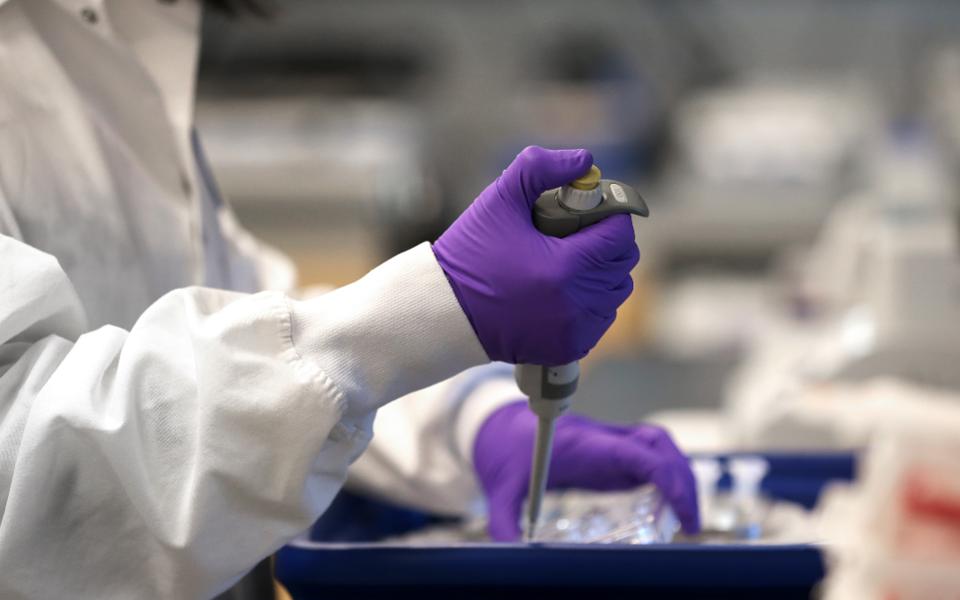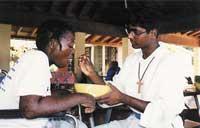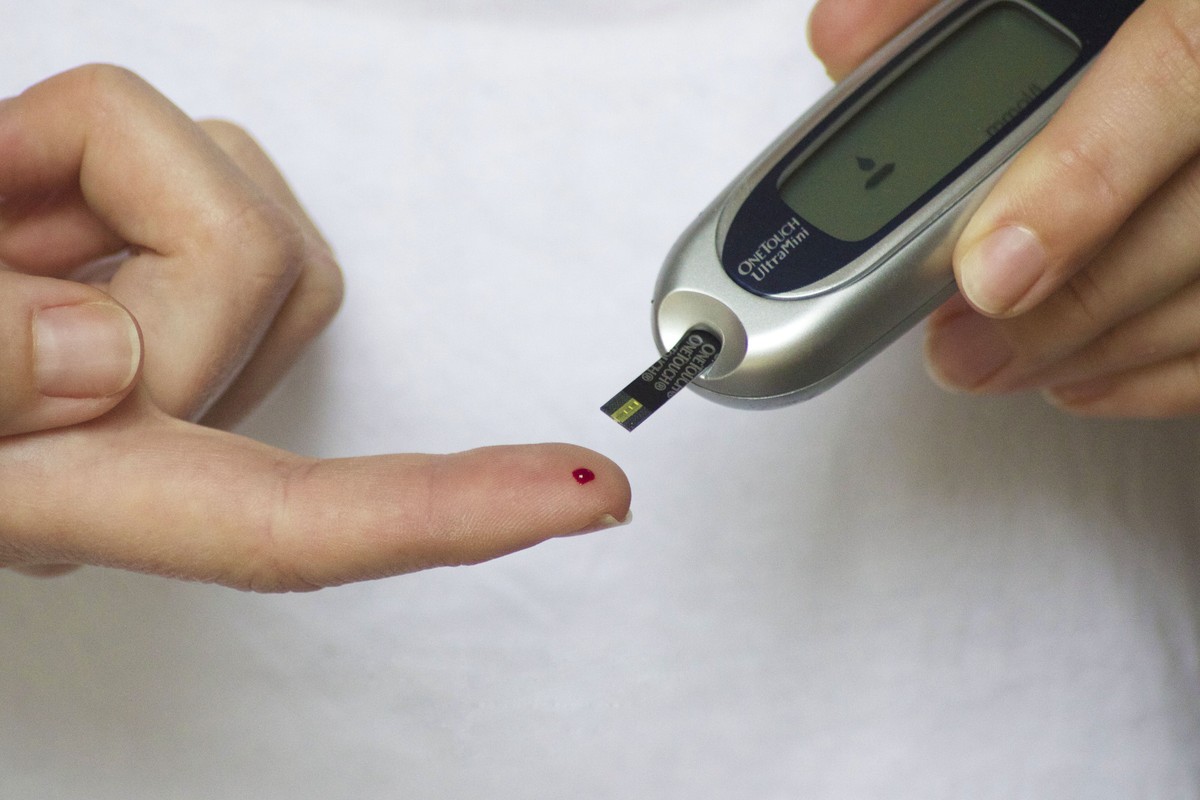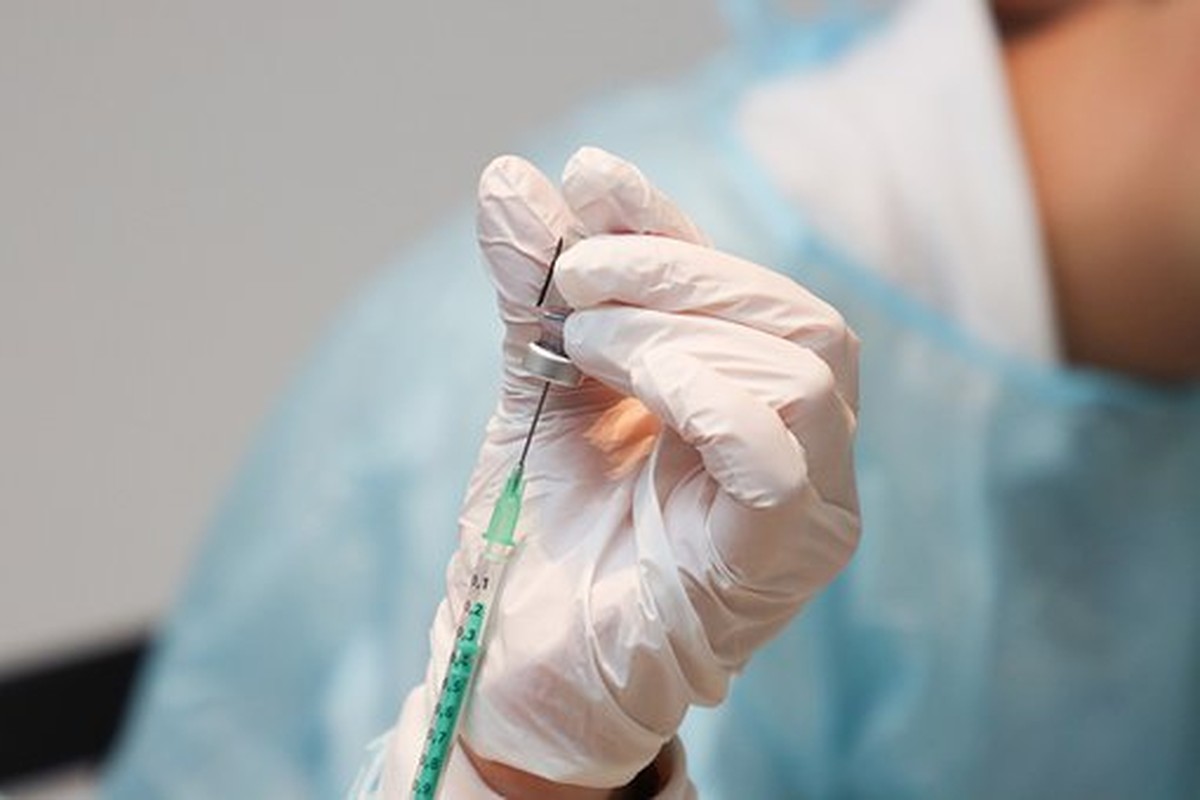Text written in Basque and translated automatically by Elia without any subsequent editing. SEE ORIGINAL
We have the vaccine. And now what?
2021/01/13 Galarraga Aiestaran, Ana - Elhuyar Zientzia Iturria: Elhuyar aldizkaria
Published in Berria on January 5, 2021

Ed. From file
Although some have been awakened with suspicion or rejection, most have been surprised, fascinated and awaited by the covid-19 vaccine. It seems a miracle that in so little time (just a year) it has developed, not a vaccine, but several. It has been an unprecedented achievement: more than a hundred years have passed since the cause of typhoid fever was known until the vaccine was obtained and authorized; 90 in the case of meningitis; more than 50 in poliomyelitis; a dozen in sarampiana... And sometimes it has not been achieved: Since HIV was identified in 1983, the virus that causes AIDS, thousands of laboratories around the world have tried to develop the vaccine against AIDS without success.
On this occasion, the characteristics of the virus itself, the advancement of pharmaceutical technology, collaboration and global economic effort have allowed to develop more than one safe and effective vaccine for 11 months. From a scientific point of view, it is undoubtedly an enormous achievement. But, although the authorities and the media seem to have announced their first additions, it is not miraculous.
Initially there are management problems. The first vaccine approved first in the UK and then in Europe and the US is produced by the Pfizer company and is not able to respond to the demand as quickly as desired. Therefore, vaccinations have been interrupted and delayed in some places, including Euskal Herria. Distribution is also difficult, especially because the vaccine should be kept at a very low temperature (-70ºC). In spite of arriving correctly to the place of application of the vaccine, they must have sufficient means to guarantee the correct placement of the doses at the precise time.
And there the incidents have also arisen. On the one hand, in many places, from the US. Until Euskal Herria, health services have not strengthened enough and there are not enough nurses to incorporate people in the foreseen deadlines. On the other hand, plans have changed in places like the UK. In fact, they have realized that a variant of the virus that has appeared there is rapidly expanding and, with the intention of stopping, they have decided that the first of the two doses to be inserted will be delivered to as many people as possible. This will cause a delay in the second dose, which nobody knows what consequences will have for the effectiveness of the vaccine.
Despite its initial effectiveness, its impact will be limited. These vaccines prevent the disease, not the transmission of the virus. That is, the vaccinated person, if infected, does not have serious symptoms, but can infect others. That is why we must maintain the prevention measures so far: physical distance, mask, hygiene, ventilation...
With all measures, the third wave of panic cannot be prevented. At the time when the special measures of the fiestas were being defined (maximum number that could join in the same space, interterritorial mobility...) the epidemiologists have already announced, in spite of their rigor, the arrival of the third wave. The vaccine is still not enough to reduce its effects and, once again, other measures have been short, including the preparation of tests, the identification of positive contacts and the strategy of isolation of them.
We have the vaccine. Better vaccines, treatments, tests. But in vain will scientists be asked for more than they can do. Science can overcome the virus, but overcoming the damage of the syndemic does not depend on scientists.

eu es fr en ca gl
Gai honi buruzko eduki gehiago
Elhuyarrek garatutako teknologia






